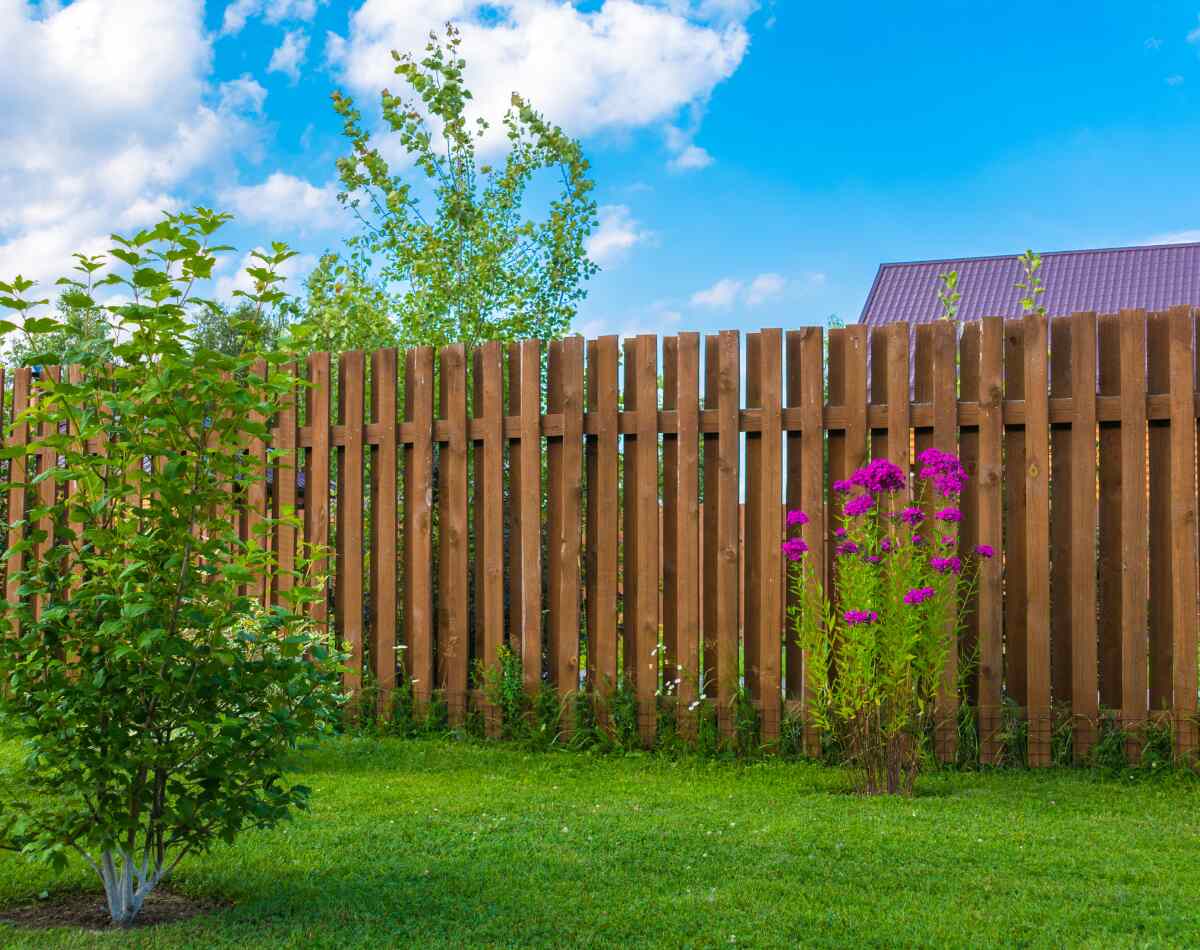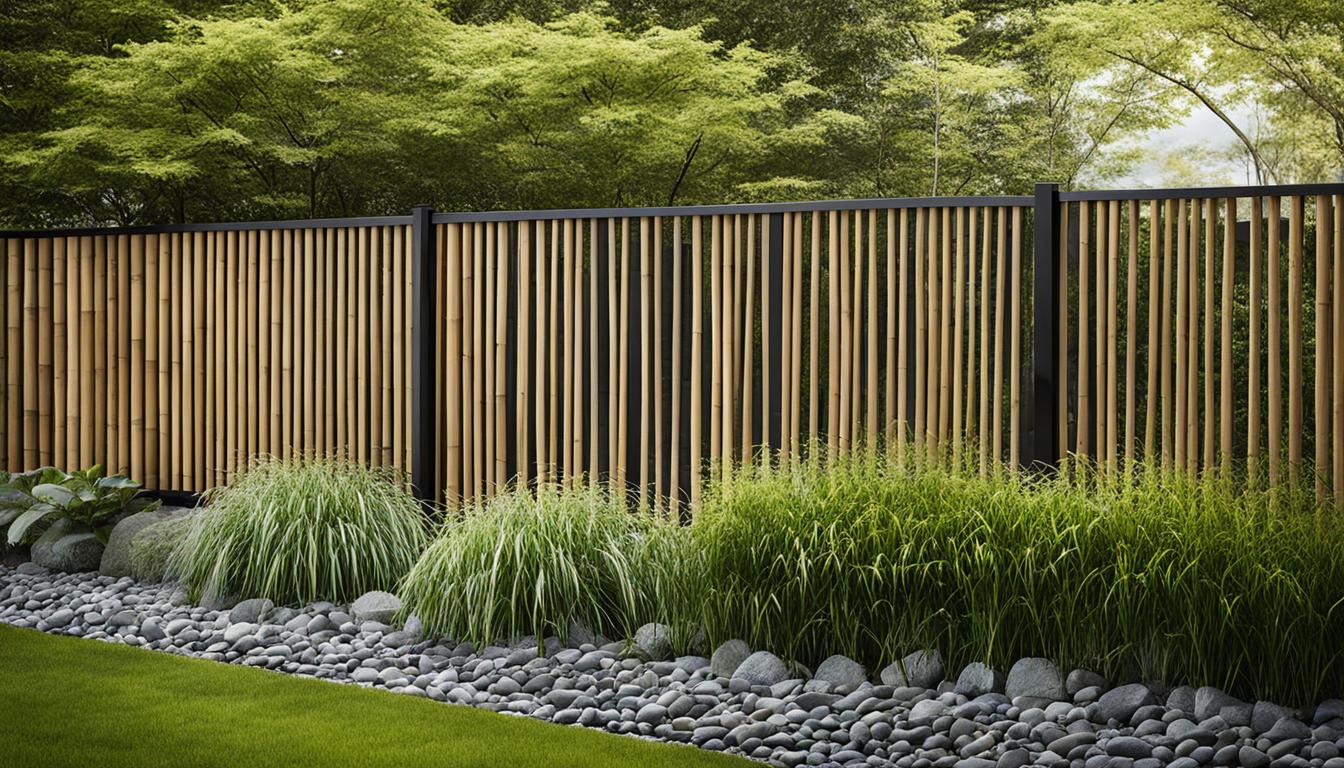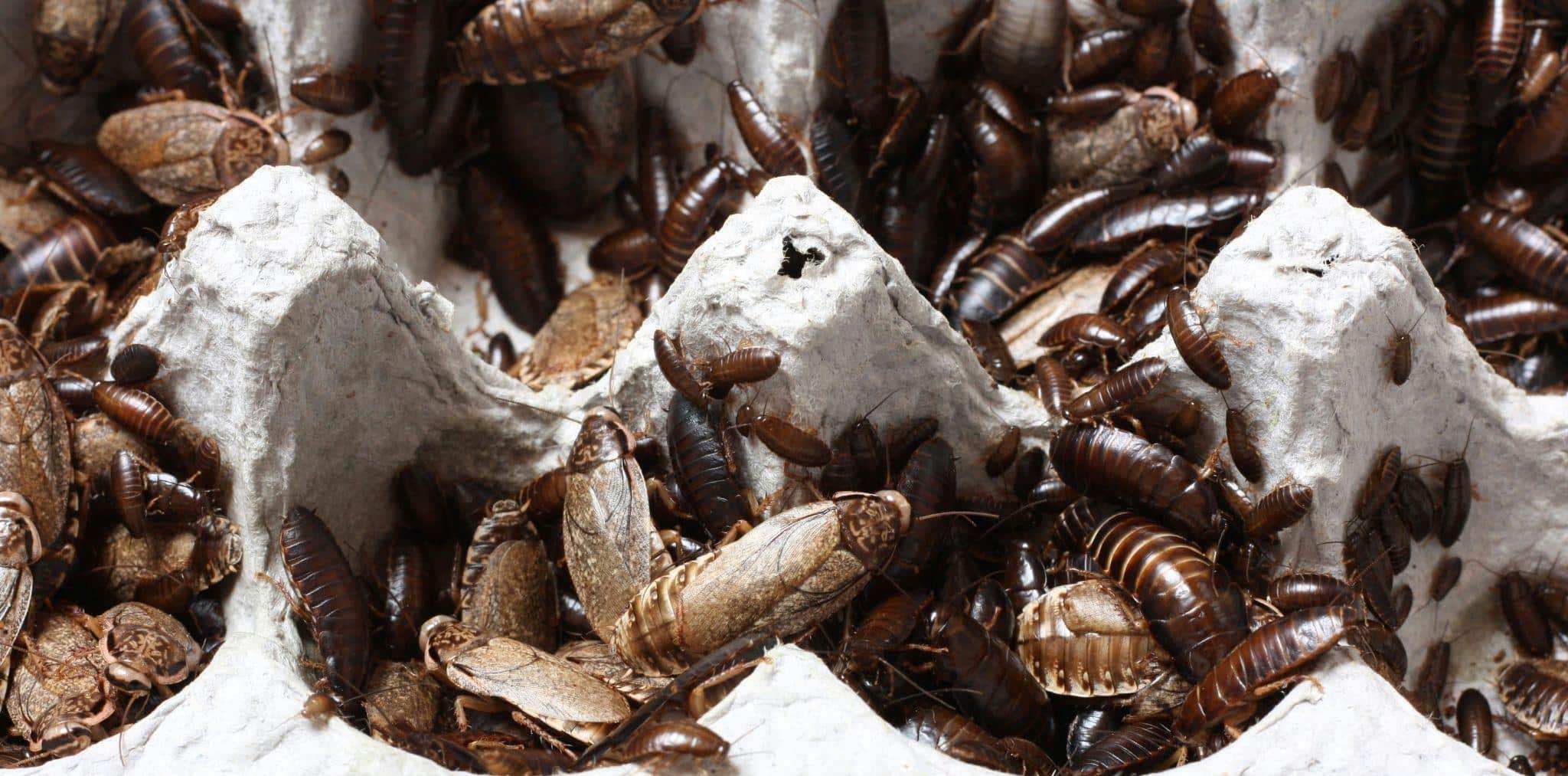A Homeowner’s Guide to Eco-Friendly Fencing Options
There’s a certain satisfaction that comes with crafting a beautiful, private outdoor space—a haven where you can relax and reconnect with nature. But as we become more aware of our impact on the planet, it’s only natural to wonder: can a fence be both sturdy and environmentally friendly? It turns out that choosing environmentally friendly fencing options doesn’t mean sacrificing style or durability.
In fact, some of the most stunning fences today are crafted from sustainable, recycled, or reclaimed materials. Whether you’re envisioning a classic wood fence, a modern composite design, or even a living wall of lush greenery, you have more planet-friendly choices than you might think.
Why Choose Eco-Friendly Fencing Options?

The environmental impact of traditional fencing materials can be significant. For instance, a typical wood fence might require chemically treated lumber, potentially harming ecosystems and local wildlife.
The production processes, transportation, and eventual disposal of materials like vinyl (which isn’t biodegradable) contribute to a heavier carbon footprint. Choosing eco-friendly fencing options helps us minimize our impact and preserve our planet’s precious resources.
What Makes a Fence Eco-Friendly?
You’ll want to consider factors like these when assessing different fencing materials:
- Recycled Content: Choosing fencing made from recycled materials—like recycled plastic, reclaimed wood, or even recycled metal—is a fantastic way to give materials a second life.
- Sustainability: Look for sustainable fencing materials from renewable resources. Bamboo, for instance, grows incredibly quickly, making it a more sustainable fencing option than slower-growing hardwoods.
- Durability: Choosing a durable material means you won’t need to replace your fence as frequently, saving resources in the long run.
- Local Sourcing: Opting for locally sourced materials cuts down on transportation emissions. This often means supporting local businesses and craftspeople, too.
Beyond Wood: Exploring the Range of Eco-Friendly Fencing Options

Wood fencing is beautiful and classic, but it’s essential to be mindful of sourcing practices. Let’s take a look at some popular wood alternatives for those who prioritize eco-conscious choices.
1. Recycled Composite Fencing
Composite fencing has taken the fencing world by storm—and for good reason. These fence posts often consist of recycled plastic and wood fibers. The plastic content means minimal upkeep is needed—you won’t be painting or staining these fences every few years. Plus, they hold up well against moisture and rot.
It’s worth remembering that the production of composite lumber can be energy-intensive. However, many composite materials can be recycled at the end of their life span, contributing to a circular economy.
2. Bamboo: A Fast-Growing Favorite
Known for its strength, rapid growth (some varieties can grow a few feet in a single day.), and natural beauty, bamboo fencing offers a unique aesthetic. Bamboo is technically a grass, but it’s sturdy and can withstand a variety of climates when treated and maintained properly.
3. Metal: Elegance and Recycled Appeal
Steel and aluminum offer elegant, long-lasting alternatives to traditional wood fences. A benefit of choosing metal fences is that recycled metal is often used in their production, and both metals can be recycled repeatedly.
4. Living Fences
Imagine a fence that’s actually a living wall of greenery, providing privacy, beauty, and a haven for pollinators. This is the charm of living fences.
Hedges and rows of trees create a stunning, natural boundary. It’s worth keeping in mind that they require upkeep and may not be suitable for all climates or homeowner preferences.
Finding the Right Fit: Choosing the Best Eco-Friendly Option
It helps to think about these factors:
- Your Budget: Some eco-friendly materials (like recycled composite) might have a higher upfront cost. However, their longevity and minimal upkeep often lead to long-term savings.
- Maintenance Needs: How much upkeep are you comfortable with? While some options require minimal maintenance (composite, metal), others will need a bit more attention.
- Climate: Some eco-friendly fencing materials, such as bamboo and certain types of wood, are better suited for specific climates than others.
Embracing a Greener Approach to Fencing

Selecting the perfect fence for your outdoor space is about more than aesthetics—it’s a decision that reflects our values and our commitment to a healthier planet. As awareness of sustainability grows, so does our access to incredible eco-friendly materials and designs.
Remember, even small steps—like making mindful choices about our fencing—can make a big difference when it comes to minimizing our impact on the environment. The good news is you can have a gorgeous, sturdy fence; eco-friendly choices are widely available. With careful planning, a bit of research, and an openness to exploring innovative materials, we can create outdoor havens that benefit both our homes and the planet we love.
Finding eco-friendly fencing options might feel like a daunting task, but by now, you see there are many choices out there. With so many sustainable and aesthetically pleasing fencing solutions, there is an environmentally friendly choice for everyone. Do your part in creating a more sustainable world while transforming your property. Choose to go green.







